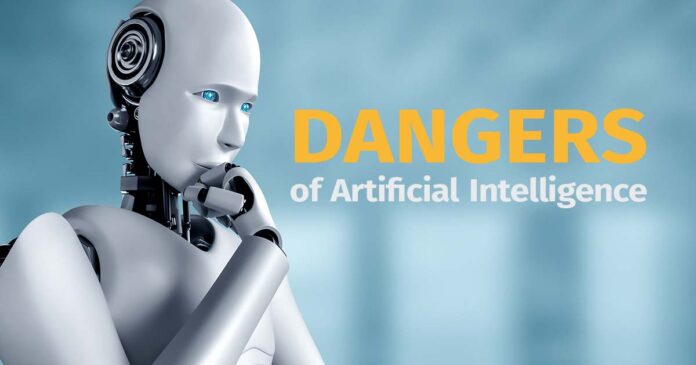Artificial intelligence (AI) is one of the most transformative technologies of our time, with the potential to revolutionize industries and improve our lives in countless ways. However, AI also poses significant risks, ranging from privacy violations to job displacement to the potential for autonomous weapons. In this article, we will discuss the dangers of AI and the strategies that can be implemented to mitigate these risks.
1. Privacy Violations
AI has the ability to collect, analyze, and store vast amounts of data, raising concerns about privacy violations. This data can be used to make decisions about individuals, such as determining creditworthiness or predicting behavior. If this data falls into the wrong hands, it can be used for nefarious purposes, such as identity theft or personal attacks.
2. Job Displacement
AI has the potential to automate many jobs, leading to job displacement and unemployment. This can have significant economic and social impacts, particularly for those who are not able to adapt to new technologies or industries.
3. Autonomous Weapons
The development of autonomous weapons, or weapons that can operate without human intervention, is a major concern in the field of AI. These weapons could potentially make decisions about who to target and when to fire, leading to ethical and moral concerns about their use.
4. Bias and Discrimination
AI systems can perpetuate bias and discrimination, particularly if they are trained on biased data or developed by a homogenous team of developers. This can lead to unfair treatment of certain groups, such as minorities or women, and can have negative impacts on society as a whole.
5. Unintended Consequences
AI systems can have unintended consequences, such as the emergence of new biases or unintended outcomes. For example, an AI system designed to optimize traffic flow may inadvertently increase air pollution or cause congestion in other areas.
Mitigation Strategies
1. Ethics and Transparency
AI developers must prioritize ethics and transparency in the development and deployment of AI systems. This includes being transparent about how data is collected, used, and analyzed, as well as ensuring that AI systems are developed in an ethical and responsible manner.
2. Regulation and Oversight
Regulation and oversight can help mitigate the risks associated with AI. This includes establishing guidelines for the development and deployment of AI systems, as well as monitoring and enforcing compliance with these guidelines.
3. Education and Training
Education and training can help individuals and organizations understand the risks and benefits of AI, as well as how to develop and use AI systems in an ethical and responsible manner. This includes training on bias and discrimination, as well as on the potential unintended consequences of AI.
In conclusion, while AI has the potential to revolutionize industries and improve our lives in countless ways, it also poses significant risks. These risks include privacy violations, job displacement, autonomous weapons, bias and discrimination, and unintended consequences. Mitigation strategies such as ethics and transparency, regulation and oversight, and education and training can help mitigate these risks and ensure that AI is developed and used in an ethical and responsible manner.
Sources:
1. Forbes
2. Council on Foreign Relations
3. World Economic Forum



